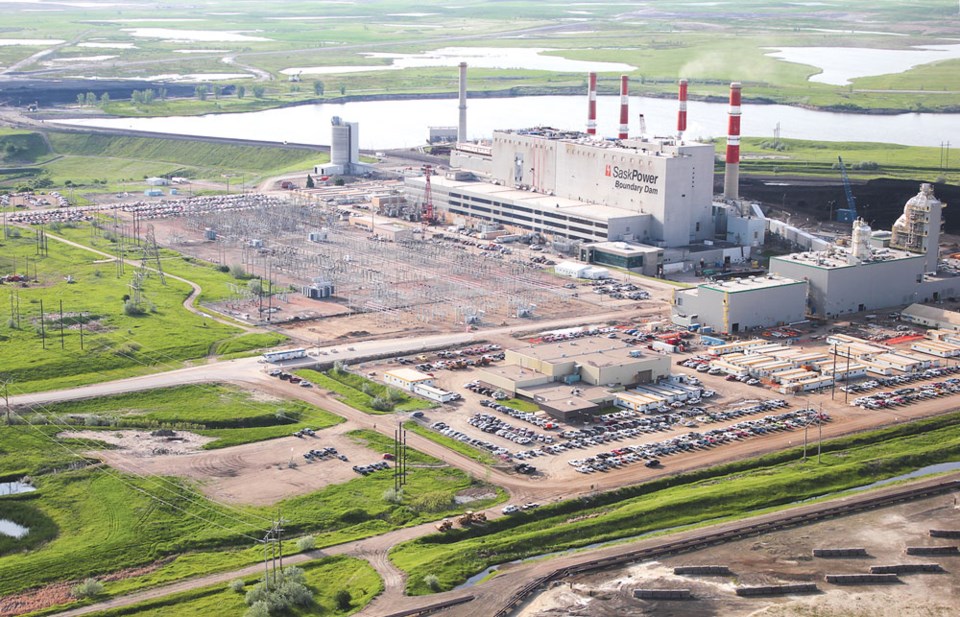The International Carbon Capture and Storage (CCS) Knowledge Centre has congratulated SaskPower on an impressive milestone with the CCS facility at the Boundary Dam Power Station.
The CCS facility has now captured more than four million tonnes of carbon dioxide; the milestone was reached on Tuesday and announced Wednesday.
In a commentary, Brent Jacobs, a professional engineer, said: “This amount of carbon mitigation not only has the equivalent emissions impact of taking approximately 865,000 cars off the road for a year, but it also underscores the value and large-scale impact of С����Ƶ tenacious in application-based learning and advancements.
“I have the privilege of С����Ƶ part of the team at the International CCS Knowledge Centre … where we work to advance the use of large-scale carbon capture and storage (CCS) as a means of greatly reducing global greenhouse gasses. What is particularly unique about this work is that we do this by sharing our experience and acquired knowledge from progressing along the learning curve. It’s our aim to ensure that others have assurance of expertise; a strong and reliable basis of know how before they start,” said Jacobs.
The CCS story at Boundary Dam Unit 3 (BD3), which was retrofitted as part of the CCS project, is one of significant progress and inspiration for future CCS initiatives, he said. BD3’s carbon capture performance continues to improve and demonstrate the real-world application of CCS to substantially reduce emissions in the energy and industry sectors.
With the experience gained through the design, construction, operation, and subsequent improvements of the BD3 CCS Facility, the knowledge cntre developed two major studies that continue to be at the forefront of post-combustion capture processes globally. The Shand CCS Feasibility Study in November 2018 shows major improvements in CCS project costs, risks, and efficiencies, and provides the foundation for the Lehigh CCS Feasibility Study, anticipated in the autumn of 2021, which directly applies these advancements to the cement sector.
As with most “first of a kind” facilities, unforeseen barriers can be expected to impact performance. These real application-based studies address specific challenges experienced with the capture system at the BD3 CCS facility and the corrective actions taken to improve its performance, reliability, and availability. These corrective actions are directly transferable to the next installations of CCS.
“It’s encouraging to see steady improvement of operations over such a short trajectory of time. CCS is a viable and essential option for industries to mitigate their CO2 emissions and we must apply the value from BD3 learnings and use this know-how to identify and eliminate existing barriers that are key to achieving and maintaining optimal performance,” Jacobs said.
Performance evaluation is essential as CCS technologies seek increased deployment across sectors. With each year, optimization of the BD3 CCS Facility continues to help refine improvements in efficiency and cost effectiveness. These enhancements in performance yield a stronger foundation for next out-the-gate projects by ensuring reductions in project costs and risks as well increasing operational predictability and certainty.
“BD3 CCS Facility, with its courage to be first, has paved the way for significant capital and operating cost reductions paired with increased efficiencies to further improve the next generation of CCS installations.”
��




